Explore the significant differences between electric vehicles (EV) and internal combustion engine (ICE) vehicles.
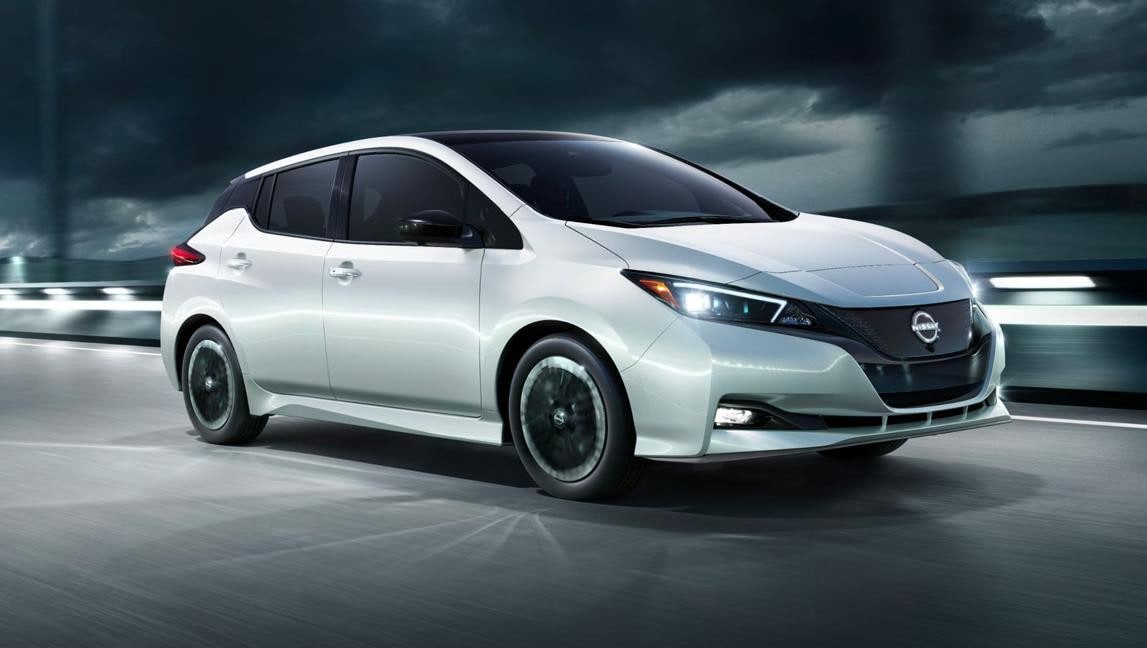
Electric Vehicles (EV)
When people discuss electric vehicles, they're typically referring to Battery-Electric Vehicles (BEVs), which are powered exclusively by electricity. EVs use a large battery pack that supplies energy to an electric motor (or motors) to power the vehicle.1
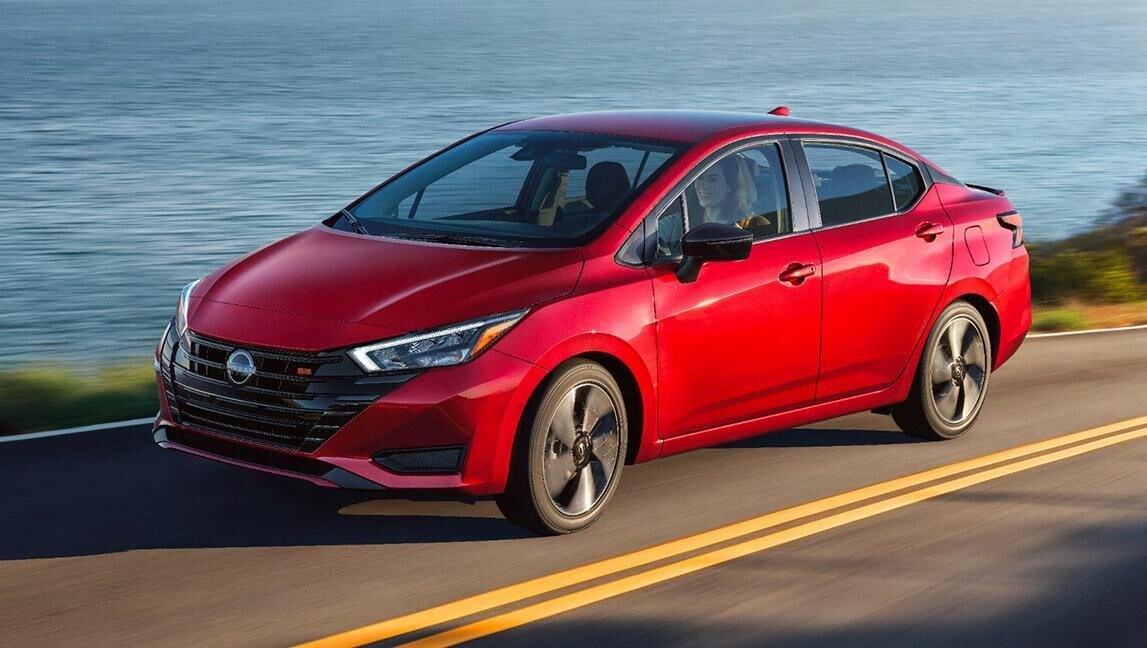
Internal Combustion Engines (ICE)
An internal combustion engine vehicle is an automobile powered by conventional, oil-derived resources such as gasoline or diesel fuel.
Let's talk about key differences
Power Source
An ICE vehicle lifts the fuel inside the cylinder with the help of a spark plug and pushes the piston. The piston then rotates the crankshaft. Unlike gas-powered vehicles, electric vehicles do not require internal combustion engines to operate.1 They are outfitted with an electric motor (or motors) and a rechargeable battery.
Maintenance Cost
EVs may require less frequent ongoing maintenance and may have lower routine maintenance costs than ICE vehicles. This is because all-electric motors have fewer moving parts than ICE engines, and they require fewer fluids, such as engine oil, that require regular monitoring and replenishing. Because EVs use regenerative braking, typically brake wear is also reduced.
Energy & Fuel Cost
With an EV, you won't need to fill up your tank at the gas station, but you will need to charge your vehicle, which may increase your electric bill if you charge at home. When you charge, where you live, and what type of charger you use are all factors that will affect your electric bill. Electricity costs can vary significantly by region.[1][2]
EV Charging Tips:
- Charging your EV overnight could help you save on charging costs1
- Public charging stations may come with an associated cost, where so home charging may be a more convenient and more affordable option2
- The cost of charging your EV at a public charging station depends on the charge point network and location2
Insurance & Costs
Since EVs may be more expensive to buy and repair, insurance rates may be higher. That said, the potential savings on gas and tax incentives may offset the extra cost.3
Calculate your potential electric incentives
In some states, going EV may also come with potential tax credits, rebates, or other incentives for eligible vehicles.3
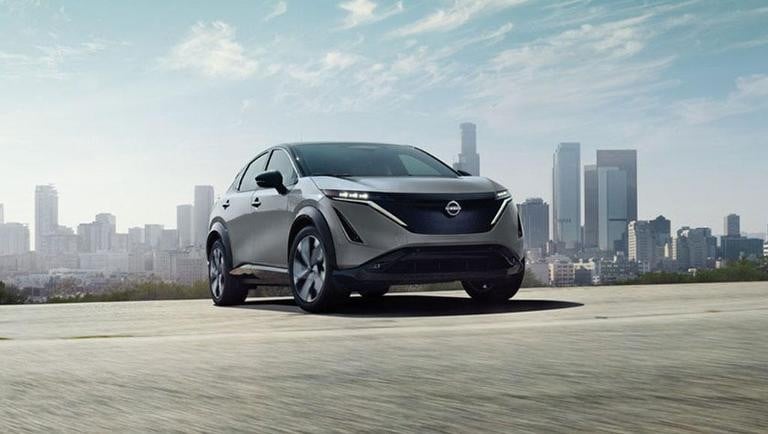
Limited availability. Contact Pat Fischer Nissan for inventory information.4
EV Benefits
Compared to gas-powered vehicles, EVs come with many real-world benefits.
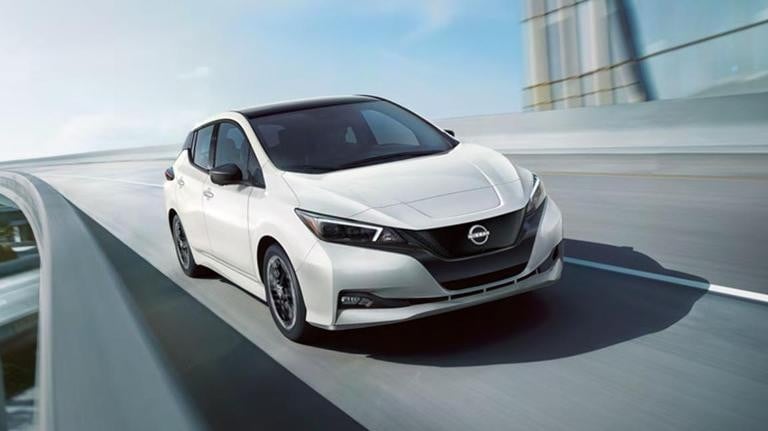
Charge, Range & Battery
As battery technology advances, range increases, and charging becomes more convenient, more drivers than ever are going EV.1
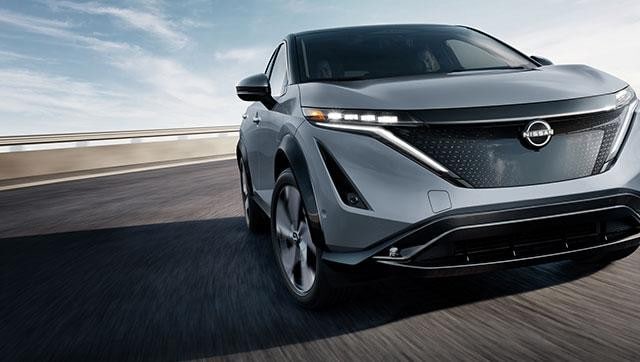
Limited availability. Contact Pat Fischer Nissan for inventory information.4
FAQs
More questions? Learn more about Nissan EV.
- EV Carefree+ maintenance available on 2023 and newer LEAF and ARIYAs.
- Roadside assistance coverage period varies by model year. For complete information concerning warranty coverage, conditions and exclusions, see your Nissan dealer and read the warranty information booklet for the model year model.
- Charging time and capacity may vary based on power source, ambient temperature, battery temperature, condition, and age, and use of vehicle accessories while charging. For Level 1 home charging use only a 110-120 volt, 15-amp dedicated outlet for charging. For Level 2 home charging use only a 240 volt charging dock on a dedicated outlet for charging. See Customer Disclosure Form for details.
- Read a sample Security+Plus contract at your dealer, and read your actual service contract because its terms, conditions, exclusions, and limitations control. In Florida, Security+Plus is backed by Nissan Extended Services North America, Inc., P.O. Box 685004, Franklin, TN 37068-5004. License #60128. Security+Plus® is a trademark of Nissan North America, Inc.
- Public charging networks are provided by independent companies, and are not within Nissan's control. Availability of charging stations not guaranteed.
- Based on PlugShare national reporting of level 2 and level 3 charging connectors.
- 240-V home charging dock sold separately. Not a Nissan product. Some chargers may not be compatible with your ARIYA or LEAF. Contact charger manufacturer before purchasing for information on compatibility and warranty. Nissan does not warrant and is not responsible for loss, including consequential, incidental, or other damages, caused by charger defects, charger incompatibility, or installation services.
- The Nissan lithium-ion battery and battery capacity limited warranty includes coverage for defects in materials or workmanship for 96 months/100,000 miles (whichever occurs first) as well as protection against capacity loss below 9 segments of capacity (out of 12) as shown on the vehicle's capacity gauge for a period of 96 months/100,000 miles (whichever occurs first). For complete information concerning coverage, conditions, limitations, and exclusions, see your Nissan dealer and read the applicable warranty information booklet for your vehicle.
- For complete information concerning warranty coverage, conditions, limitations, and exclusions, see your Nissan dealer (parts.nissanusa.com) and read your vehicle's Warranty Information Booklet.
- Eligible tires only. Restrictions apply. See Road Hazard Consumer Brochure for complete details regarding 24-month Road Hazard Coverage.
- Flatbed vehicles to the closest Certified Nissan Electric Vehicle dealer or to a custom destination within a 50 mile radius of the closest certified Nissan Electric Vehicle dealer.
 AdChoices
AdChoices